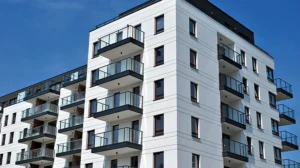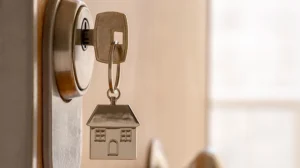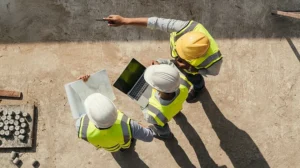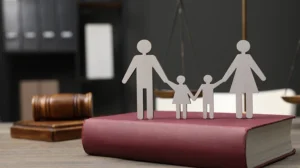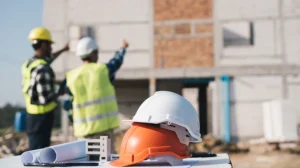As part of commemorating the 90th anniversary of Coleman Greig in Parramatta, we have been busy organising a number of celebratory ventures (this blog included). As some readers may be aware, the firm’s first official event focused on celebrating the past, present and future of Coleman Greig which came in the form of a formal dinner, hosted at the Parramatta Parkroyal on Friday 18 May.
| We feel exceedingly fortunate to have had the opportunity to host not only a long list of clients, friends of the firm, past partners and principals, but members of both the Coleman and Greig families who kindly attended on the evening. We would like to extend our sincerest thanks to members of both families, who were kind enough to share with us photographs, documents, mementos, interesting family anecdotes and everything in between.
Amongst the well-known and highly-regarded names in attendance at our 90th anniversary dinner was Robert Coleman. As was highlighted in our last blog, Robert was invited to join the firm as partner in 1951 and remained a fixture of Coleman & Greig until his retirement in 1992. It was not long after Robert’s joining the firm that the decision to move from Bowden’s Chambers into a space large enough to facilitate the ongoing growth of the company was made. |
Robert Coleman with his sister Helen Colman |
Between the late 1950s and the early 1960s Coleman & Greig joined with three prominent Parramatta firms; Kay Davies & Champion, F.W. Todhunter & Son and Symonds & Britten in forming a company known as Legal Chambers Pty Ltd. This company was in turn used to purchase a large piece of land on George Street in Parramatta, which the group had planned to use as the location of their new shared offices. Plans were drawn up by Buckland & Druce Architects, and although other local firms had already shown interest in purchasing office space, the group was stopped in their tracks by the 1961 credit squeeze. With the financial backing of banks now unattainable, Legal Chambers Pty Ltd decided to compromise in reducing the building to two floors, with a carpark in the rear.
Finally, in 1962, the building known as Legal Chambers 9 George Street was completed. A coin toss determined which firms would occupy each level of the newly constructed premises, with Coleman & Greig moving into the top floor with Symonds & Britten. As is currently the case, this was a time of significant economic growth within the Parramatta region, and in the years following the erection of the firm’s new office, law courts and government offices were constructed on the same block. Soon enough, as the firm continued to grow at a notable rate, Legal Chambers Pty Ltd chose to extend the building through the addition of a mezzanine floor, as well as an extra storage room.
Life at Coleman & Greig continued as it had done for the next decade, with the regular addition of new staff. Frank Riley had already become a partner in 1964, and amongst a slew of new staff, a number of recognisable names including Clas Einberg came on board in the 1960s and 1970s. Once again, significant internal growth came to necessitate another change in scenery, and in 1982 the firm decided to relocate to larger premises within the McNamara Centre at 100 George Street, Parramatta – the site of the firm’s current Parramatta offices.
At the time of the move, the firm occupied the tenth floor of the new high-rise building, although just eight years later the decision was made to take on a second floor in order to accommodate the ever-growing staff numbers. This additional space was seen as an investment for Coleman & Greig, which had in the previous six years acquired two smaller firms; Hazell & Lucas and David Andrews & Associates, followed by a third, GK Strong & Associates, in 1990. Along with the acquisition of GK Strong & Associates, that year saw Coleman & Greig celebrate 50 years of Ralph Coleman and Malcolm Greig’s partnership, which had taken place back in 1940.
In our next 90th anniversary blog, we will take a look at the more modern history of the firm, as well as how Coleman & Greig continued to take the reigns as Western Sydney’s leading law firm following a takeover of the ninth floor of the McNamara Centre.
Stay tuned!



